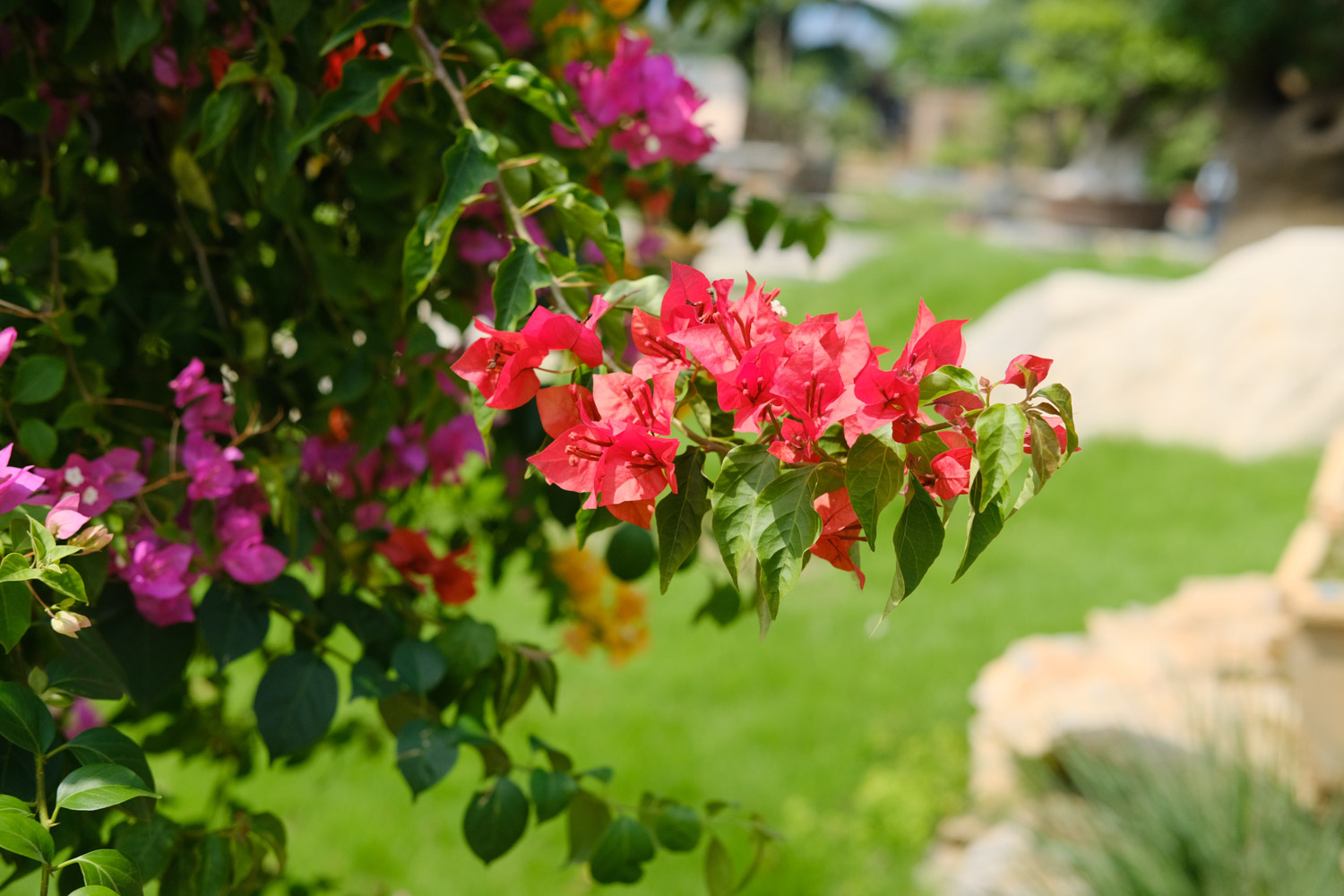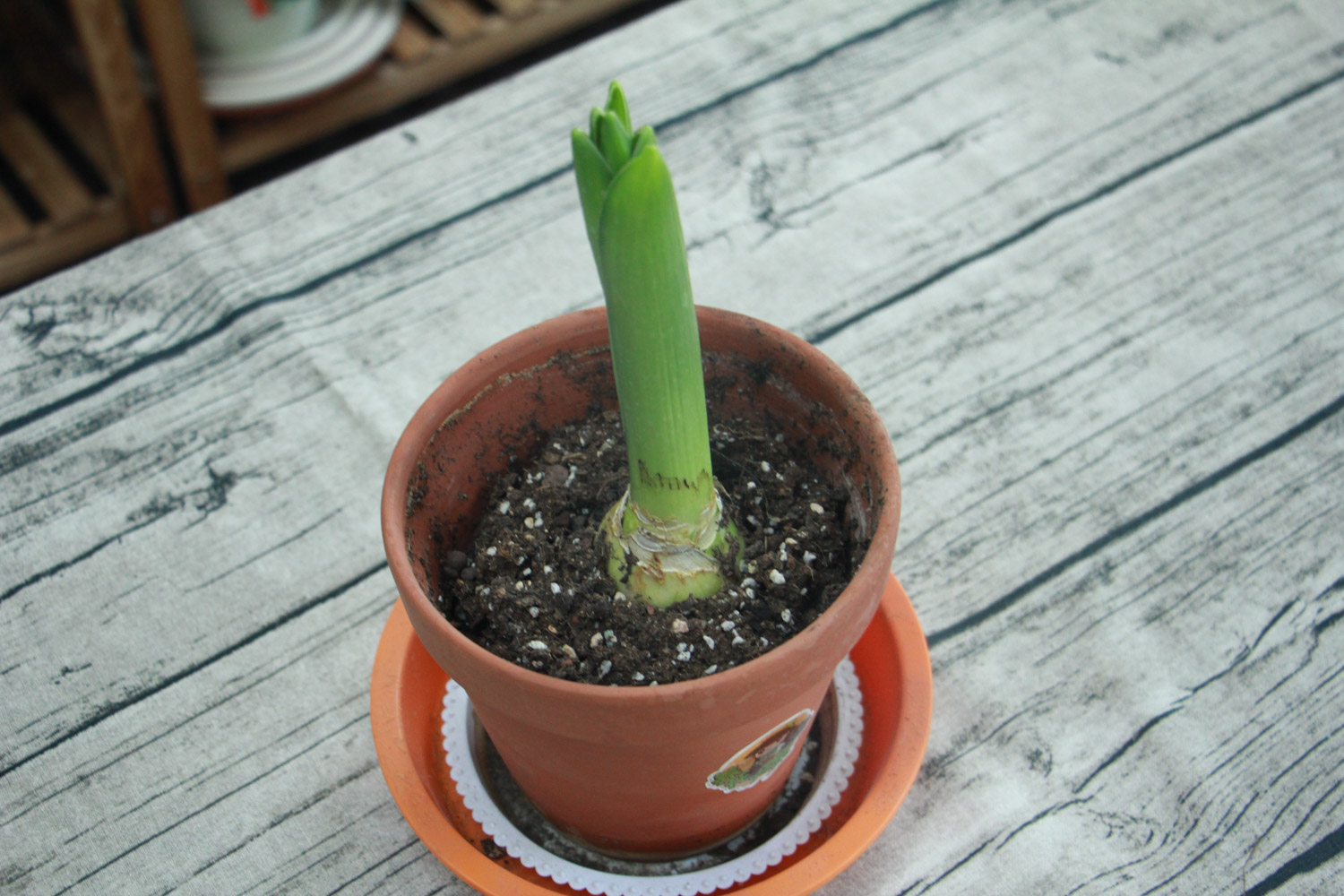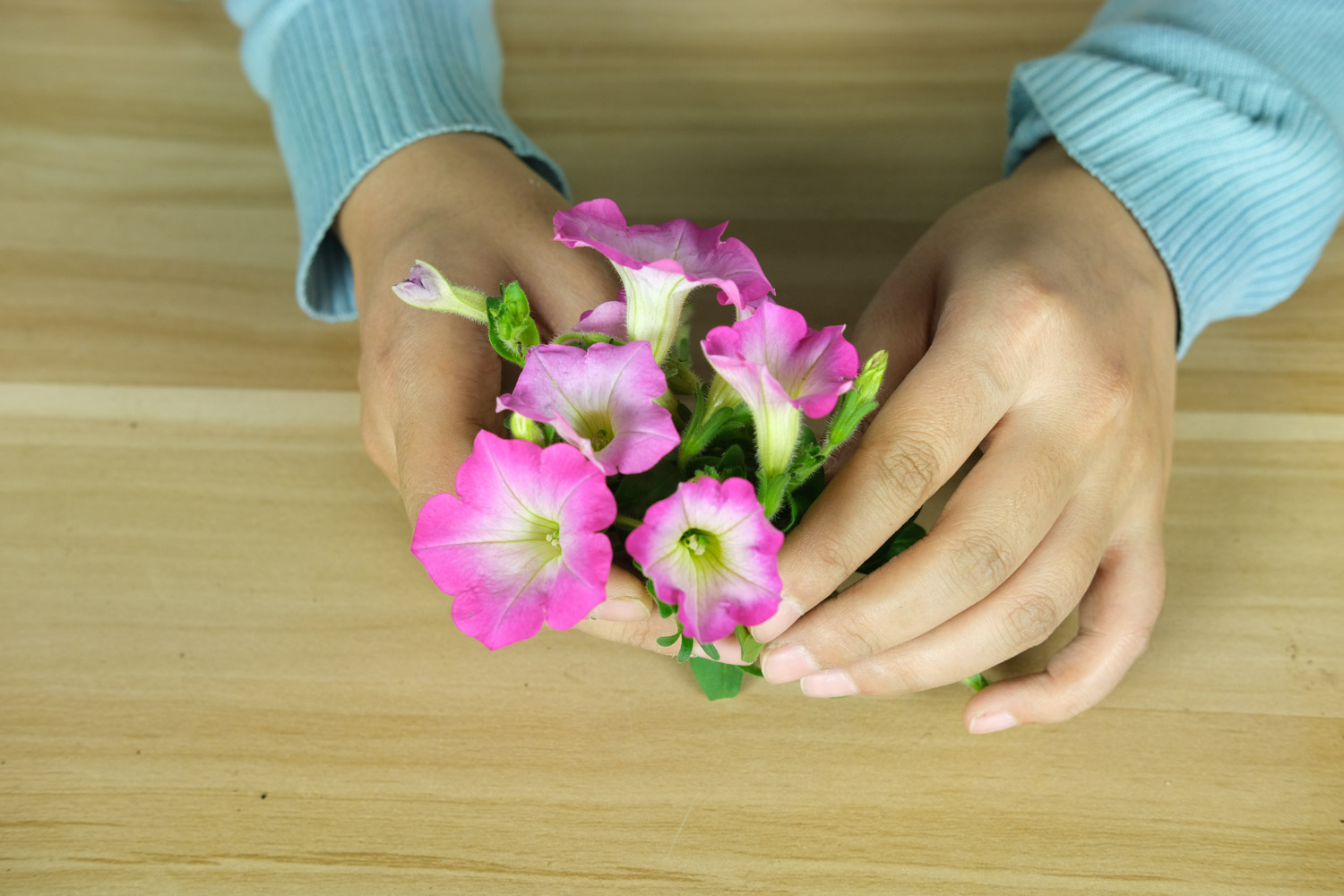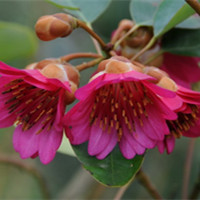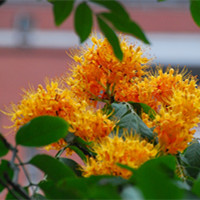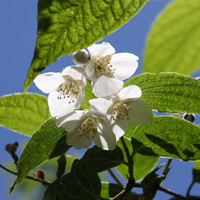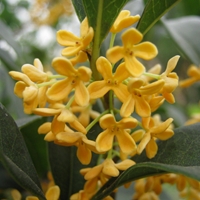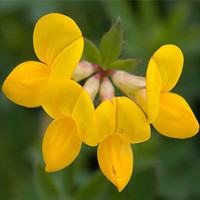Pulse root
Pulse root is a perennial legume. It is also called golden flower because of its golden color. It is widely distributed in the wild in China and is mostly used as pasture. Let's have a look with Xiaobian below!
Pulse root introduction
Pulsatillaceae
Rosa, Leguminosae, Pulsatilla, Latin name: Lotus corniculatus L.Alternative name of pulse root
five leaf clover, bird foot bean, ox horn flowerDistribution range of pulse root
bermudagrass is native to the temperate zone of Europe and Asia. Now it is all over the world. It is mostly used as forage in China and widely distributed in Southwest China. At the same time, it is also a good plant for soil and water conservationMorphological characteristics of pulse root
the plant height of pulse root is 15-50 cm, the main root is obvious, and there are many lateral root branches; The stems and branches are clustered, creeping, smooth, and about 70 cm long; There are three compound leaves at the stem tip, and the leaves are obovate. The two large stipules are very close to the leaves, so they are also called pentaphyllum; Umbel, with about 4-8 flowers at the top of pedicel, with light yellow or bright yellow flower color; The pod is located at the top of the pedicel and is split and scattered, much like the feet of birds, so it has the nickname of bird foot bean; The seeds are brown kidney shapedGrowth habit of pulse root
Bermuda root likes warm and humid climate, and the most suitable growth temperature is 18-25 ℃; The seedlings are not resistant to cold, and the adult plants are slightly resistant to cold, but the stems and leaves are withered and yellow below 5 ℃. Baimai root has low requirements for soil, but it grows well in fertile soil with good drainage. Pulse root is a long sunshine plant, which is not resistant to shade. Sufficient sunlight can promote floweringPulse root planting and maintenance skills


